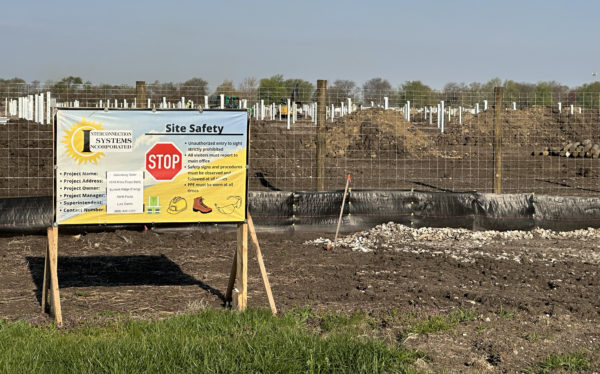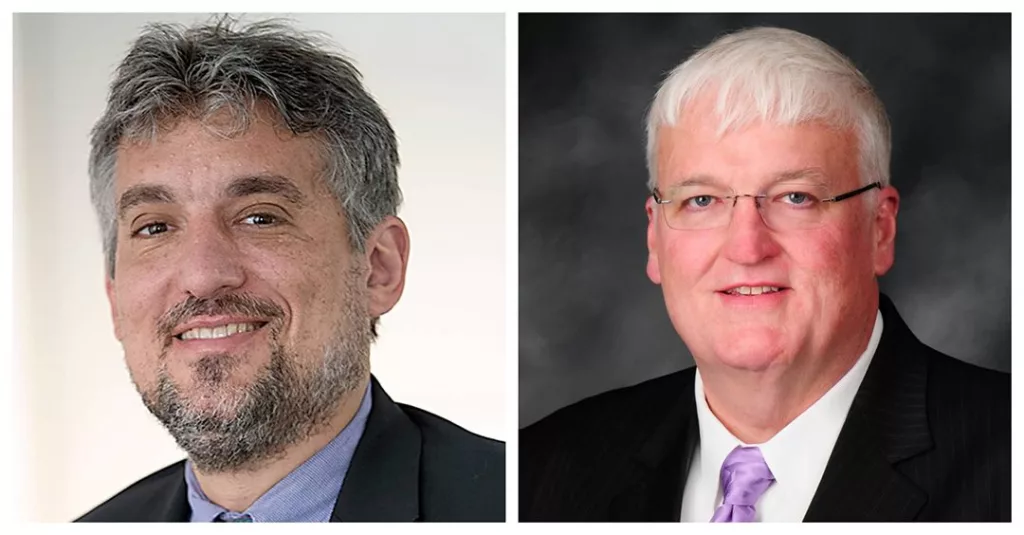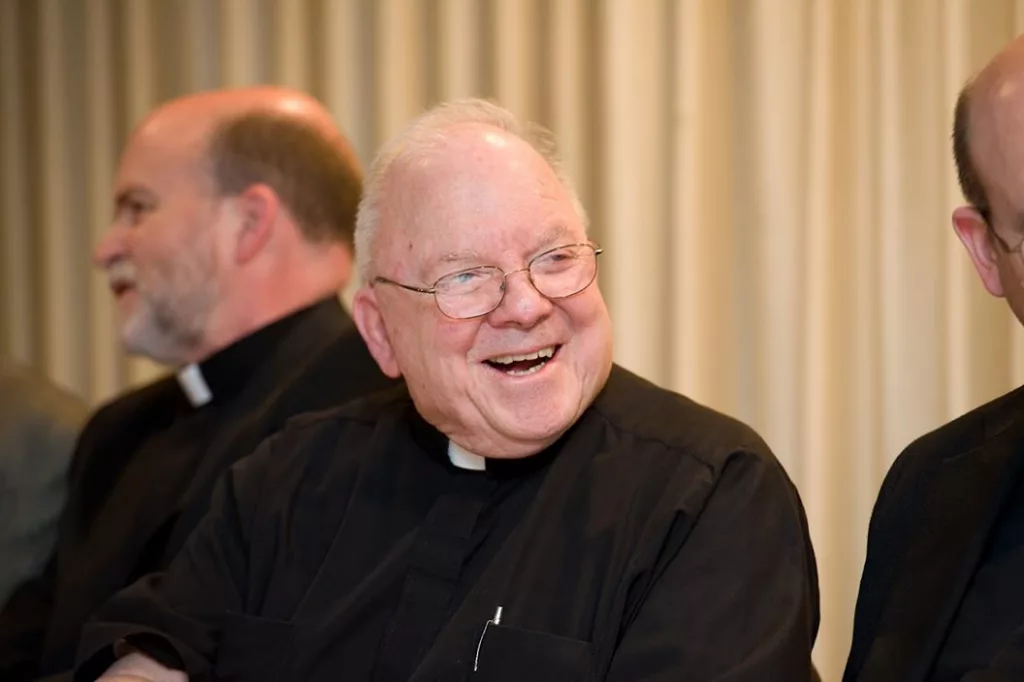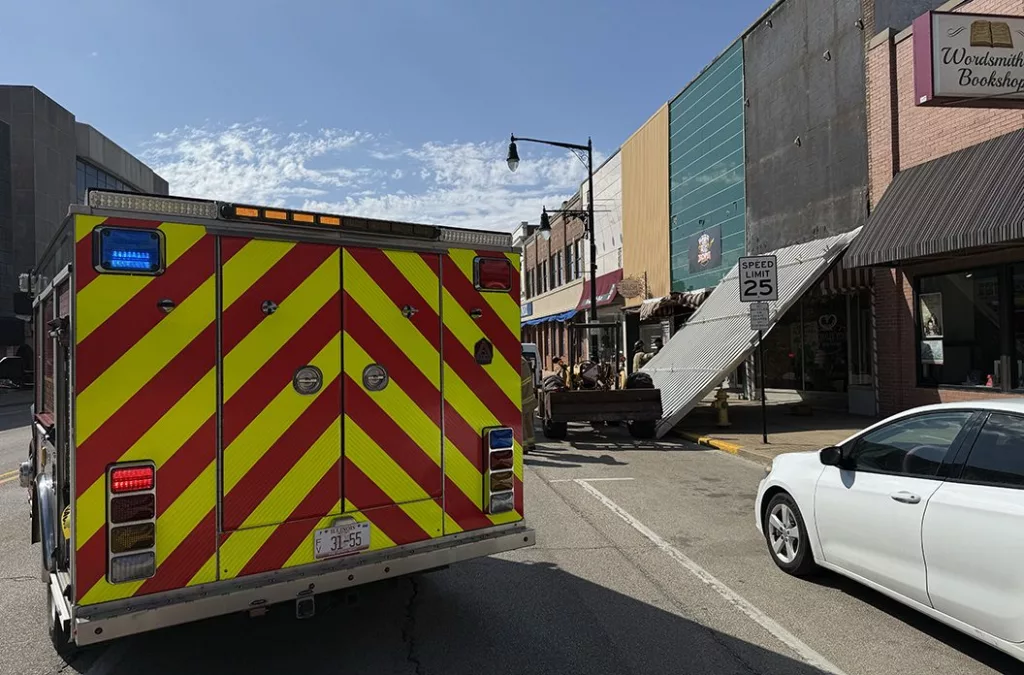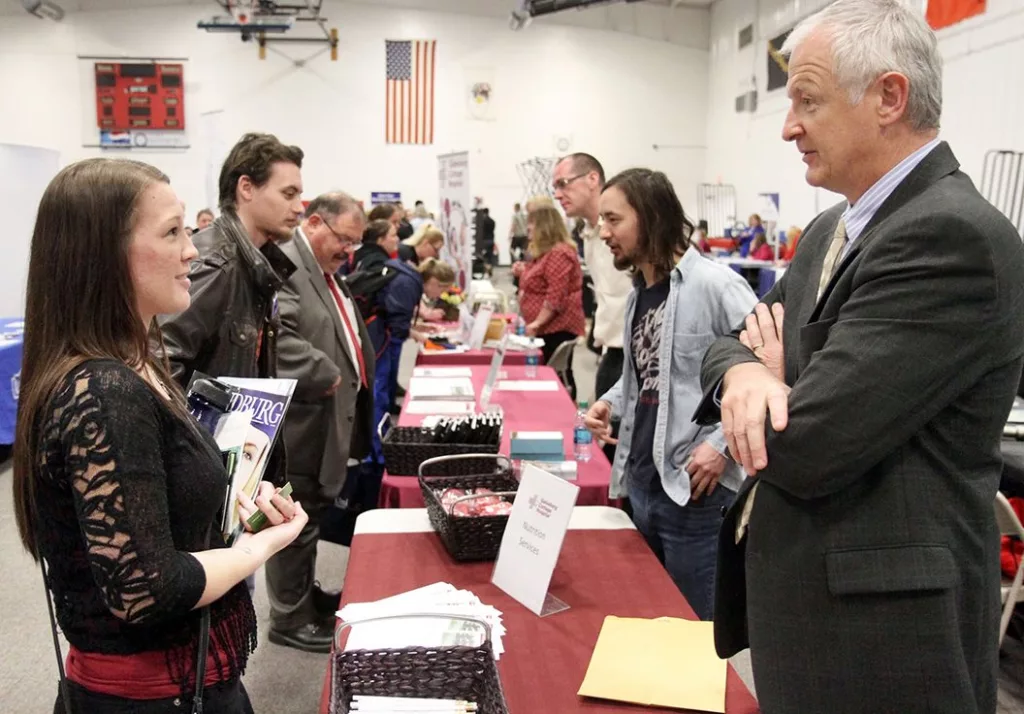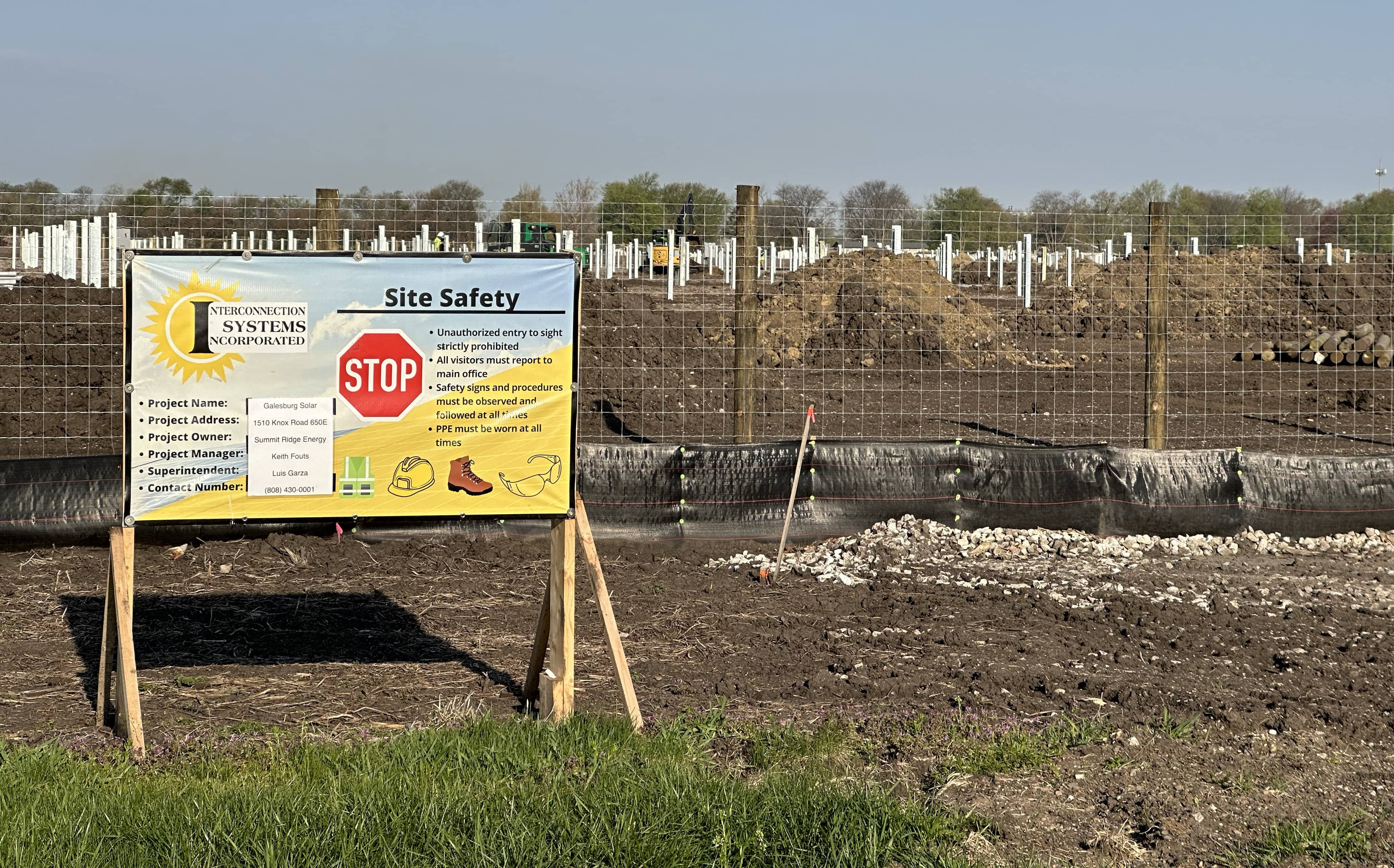
Around 5,000 solar panels are being installed on a portion of Galesburg Business Park to the south of I-74. When completed early this summer, the project called Galesburg Solar will deliver clean energy back to the grid for use by local consumers.
Summit Ridge Energy is the developer of the project.
Thuan Nguyễn, site superintendent of the project, tells WGIL, “We’re taking basically power from the sun and transferring the power back to the grid for the customers in the local area.”
Nguyen said the 2mW plant will include 5,160 solar panels and will produce alternating current clean energy.
A crew has been on site in Galesburg for about a month, and Nguyen says he expects completion of the project sometime in June. Currently, there are nine people working on the project.
According to Summit Ridge, community solar provides meaningful utility savings to subscribers. In Illinois alone, SRE saves residential customers $1.5mm in utility spend each year. Additionally, developers hire local construction labor for every project, creating high paying jobs in the area. Once the project is operational, it begins generating tax revenue for the state.
The City of Galesburg is the local lead on Galesburg Solar. The project is wholly located on about 20 acres within the boundaries of the Galesburg Business Park.
Ken Springer, president of Knox County Area Partnership for Economic Development, notes there are three different types of solar projects.
On the small side, there are “behind-the-meter” solar projects, which are roof-top and ground arrays that feed power to a specific user. District 205 has already installed several “behind the meter” projects around the community, for example.
Community solar to result in ‘cheaper power rates’
On the other end of the scale, according to Springer, the largest solar projects are “utility scale” projects, which are generally 30-plus megawatts and may utilize hundreds of acres.
The Galesburg Business Park project is in a third category, called “Community Solar.” Springer says community solar projects are larger than behind-the-meter projects, but smaller than utility scale projects. Community Solar projects are generally between 2mW to 5mW and these installations sell power to residential and commercial subscribers in the immediate area.
“Like other Community-Scale solar projects, this is going to have a variety of impacts,” Springer says. “Subscribers to the project will be able to get cheaper power rates, which will impart some cost savings to those residences and businesses that subscribe.
“From the City’s perspective, the City will receive lease payments from the Development Company and there will be new property taxes generated by the project.”
Springer says he expects additional solar development in and around Galesburg and Knox County in the coming decade.
“Illinois is in the midst of a solar boom, spurred by recent clean energy legislation at the State level,” Springer said. “We’ve already seen one utility-scale project get permitted on the edge of Galesburg in early 2022.
“It would not surprise me one bit if we saw other solar developers coming to our area in the next few years.”
Galesburg mayor: solar ‘taking the country by storm’
Like Springer, Galesburg Mayor Peter Schwartzman says solar energy is taking the country by storm, noting US solar installation has grown by 30% annually over the past 21 years.
“This is remarkable growth over a period of time that saw several economic challenges,” Schwartzman says. “We have taken advantage of this locally, with our solar plant at our water pumping station — which has saved the City $50,000 a year since its opening in 2020.”
Schwartzman points out District 205 also has experienced economic benefits from locally-produced solar power.
“The Business Park solar that is being installed is just one more example of these positive developments,” Schwartzman says. “The unique thing about this project however is that it is community solar and that means that local residents can take advantage of this power, at a reduced rate.”
The mayor says there will be many more of these types of solar installations over the next few years, and urges local residents to take advantage of the opportunities.
The local solar installations have added local jobs and soon will be contributing significant leasing and tax revenues to the City and the County, according to Schwartzman.
“It also brings handsome dependable annual revenues to local land owners,” he says. “We should welcome these positive economic developments.”

